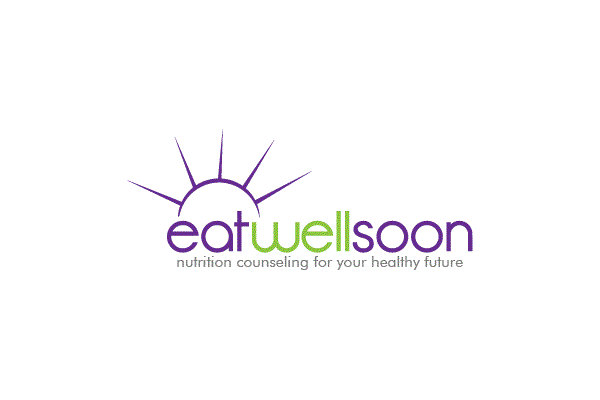
It can be tough to be in the middle. I should know, being a middle child and all. ;) But seriously. The middle of recovery isn’t very glamorous. When you’re in the middle of recovery, others might be less worried about you than they were when your eating disorder behaviors were more obvious. You might begin to doubt that you are deserving of help. But you also don’t yet have the freedom of being on the other side. Here’s what you DO have: Confusion. Fear.
Guilt. Self-doubt.
Hopelessness. Disappointment. “Is THIS what recovery feels like?” my clients ask.
No, actually.
That is what the MIDDLE of recovery feels like. The middle of recovery looks like pushing yourself to do things even though you may wake up in the morning with only a shred of motivation.
Following your meal plan when you have a thousand raging inner voices telling you not to.
Refraining from using ED behaviors despite overwhelming urges to use them.
Getting up, getting dressed, and facing the world when you feel miserable about your body.
Questioning yourself endlessly, but making the positive choice anyway.
But remember: this is not the end of the story. Don’t judge recovery by its middle! You’ve got to keep going until the end to experience the true rewards.
Here is what “recovered” feels and looks like:
-Enjoying life without intrusive thoughts of food and body
-Making choices that are driven by your values instead of your fears
-Not counting calories or exchanges
-Eating without guilt
-Enjoying a meal and forgetting about it
-Accepting your body
-Enjoying your body
-Being fully present in relationships
-Being fully present in life
-Putting life before exercise without feeling guilt
-Fully experiencing your emotions and living to tell the tale
Want a testimonial? Here is what a dear friend of mine who has been recovered for several years has to say:
Recovery is about knowing that I can handle whatever challenges come my way,
and knowing that even though I may feel miserable in the moment, that will
not last forever, and I don't need to use eating disorder behaviors to
manage painful events. Recovery is knowing that I can hold two truths at the
same time - I can be sad and proud at the same time; I can be hopeful and
distressed all at once. Recovery feels like being able to make choices, no
longer feeling constantly stuck, and knowing my options in every situation.
Recovery is about being emotionally present with whatever comes my way -
both the bad and the good - and being able to live my life with eyes wide
open. Recovery is about others knowing that I am fully present for them, not
having to worry that my focus is elsewhere. Recovery is about having fun! I
can enjoy life, both the big, supremely joyful events, as well as the
little, eye-opening happy moments that fill my heart with contentment and
joy. Recovery feels like being able to validate myself, knowing that I don't
need a bigger "reason" to give myself self-love and appreciation; I deserve
those just because I am me. Recovery is about being able to eat whatever I
want, whenever I want - in fact, not having to expend any energy on figuring
out my food. In short, recovery feels like being fully and authentically me
Recovery is awesome.
That middle part? It sure can feel yucky. But there are things you can do to make it more tolerable. In the adorable kids' book Poppleton (by Cynthia Rylant, whose books I just love), Poppleton goes to the library equipped to read just about any book. He brings tissues for the sad parts, lip balm for the dry parts, and stopwatch for the slow parts. :) Recovery lesson? Be prepared! The middle part of recovery is much more easily navigated with the appropriate tools and support. Utilizing professional help, seeking out supportive people in your life, applying recovery skills, and making sure to practice good self-care can help get you through this challenging time. And never lose sight of the fact that as tough as this chapter may be, it's well worth it for the ending.

Commentaires